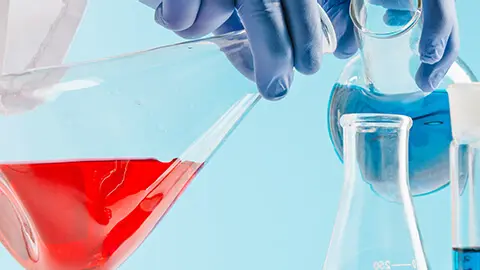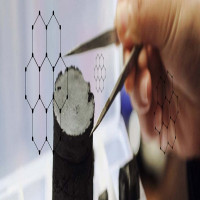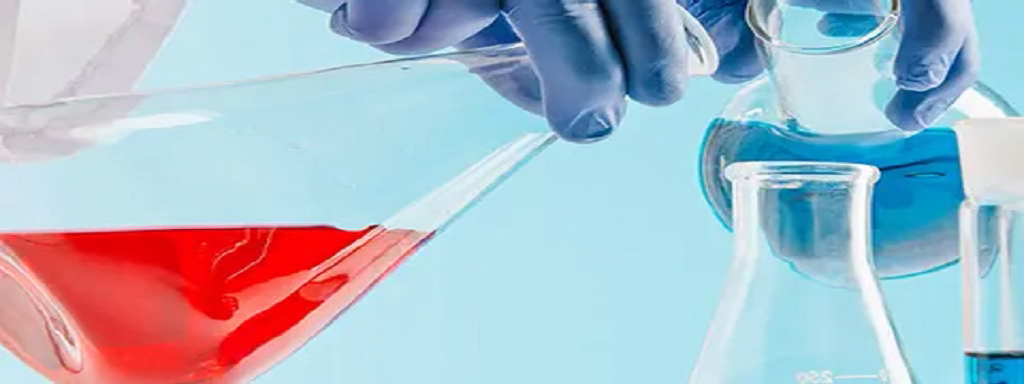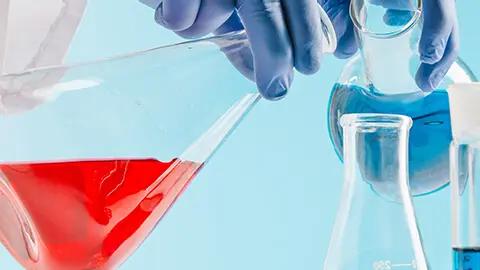Chitin and Chitosan Fibers: Versatile Biopolymer Fibers with Diverse Applications

Chitin and chitosan, naturally occurring polysaccharides, have emerged as a prominent class of biopolymers with immense potential across various scientific and industrial fields. Their unique properties, biodegradability, and inherent biocompatibility make them attractive alternatives to synthetic materials. It is worth mentioning that chitin and chitosan materials in fiber form have attracted a lot of attention due to their versatility and potential applications in different fields. As high-quality chemical companies like Alfa Chemistry continue their research and development in the field of chitin and chitosan fibers, we can expect more innovative applications in the future.
Chitin and Chitosan: General Characterization
Chitin
The second most abundant natural polysaccharide after cellulose, chitin is primarily found in the exoskeletons of crustaceans (crabs, shrimps), insects, and the cell walls of fungi. Structurally, it closely resembles cellulose, with β-(1→4) linked N-acetylglucosamine (GlcNAc) units as the backbone. However, the C-2 hydroxyl group in cellulose is replaced by an acetamide group in chitin, leading to subtle yet significant differences in their properties.
Chitosan
Chitosan is the partially or fully deacetylated derivative of chitin. This deacetylation process exposes free amino (NH2) groups along the chitosan chain, altering its chemical and physical properties compared to chitin. The degree of deacetylation (DD), expressed as the percentage of GlcN units deacetylated, significantly impacts chitosan's behavior. Generally, chitosan with a higher DD exhibits greater solubility in acidic solutions due to the protonation of amino groups.
Formation of Chitin and Chitosan Fibers
The formation of chitin and chitosan fibers involves several key steps:
Isolation: Chitin is extracted from crustacean shells or fungal cell walls using various chemical processes, often involving demineralization and deproteinization steps.
Deacetylation: Partial deacetylation of chitin with concentrated alkali solutions (e.g., NaOH) yields chitosan with varying degrees of deacetylation.
Dissolution: Chitin requires strong solvents like concentrated sulfuric acid or ionic liquids for dissolution. Chitosan, with its free amino groups, readily dissolves in dilute acidic solutions like acetic acid.
Fiber Spinning: Several techniques can be employed to form chitin and chitosan fibers, including electrospinning, wet spinning, and dry spinning. The choice of technique depends on the desired fiber properties and solvent system.
Fiber Treatment: Post-spinning treatments like crosslinking or modification with functional groups can further enhance the properties and functionalities of the fibers.
Chitin and Chitosan Nanofibers in Biomedical Fields
The application potential of chitin and chitosan fibers in biomedicine, environment, textiles, cosmetics, food packaging and other fields has been widely explored and developed. It is worth mentioning that chitin and chitosan nanofibers have been further expanded in the biomedical field due to their high surface area and porosity.
Due to the good biological properties of these nanofibers, such as non-toxicity, biocompatibility, biodegradability and antimicrobial activity, they are promising candidates for enhancing drug absorption, enzyme immobilization, cell proliferation and wound healing. At present, a large number of works have been reported on the preparation and biomedical applications of nanofibers based on chitin, chitosan and their derivatives in the fields of tissue engineering, wound healing, biosensors, drug release and filtration processes.
References
1.El Knidri, Hakima, et al. Handbook of Chitin and Chitosan. Elsevier, 2020, 35-57.
2.Elieh-Ali-Komi, et al. International journal of advanced research, 2016, 4(3), 411.
3.Jayakumar, R., et al. Biotechnology advances, 2010, 28(1), 142-150.
Note: IndiBlogHub features both user-submitted and editorial content. We do not verify third-party contributions. Read our Disclaimer and Privacy Policyfor details.







